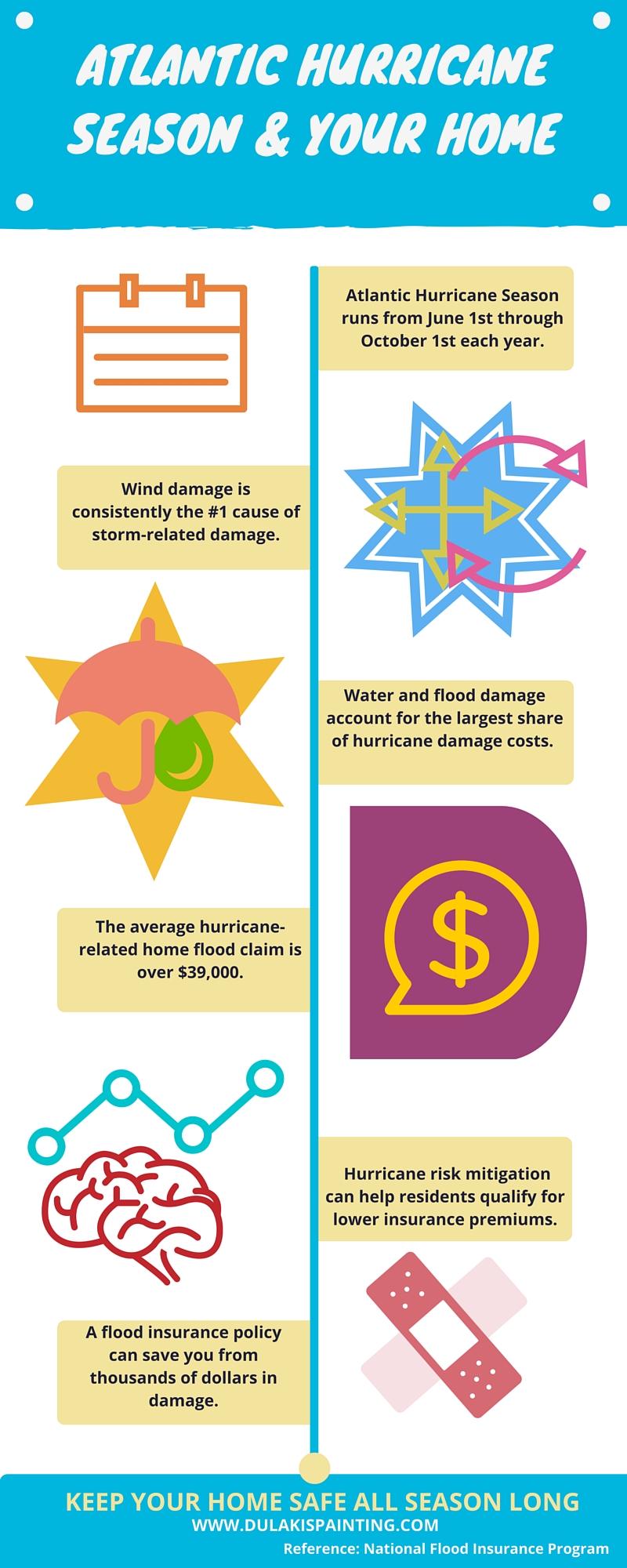Vital Seasonal Aspects Of Commercial Exterior Paint: What You Should Understand
Vital Seasonal Aspects Of Commercial Exterior Paint: What You Should Understand
Blog Article
Personnel Author-Fox Rosendal
When you're preparing a commercial outside painting project, seasonal variables can make or damage your outcomes. You'll wish to consider just how temperature level and moisture impact paint application and drying out times. Selecting the appropriate period can ensure your paint sticks correctly and lasts much longer. However which seasons are really the most effective for this type of job? Let's explore the crucial elements that can influence your project's success.
The Impact of Temperature Level on Paint Application
When you're planning an industrial outside paint job, the temperature level can dramatically affect exactly how well the paint adheres and dries.
Preferably, you wish to paint when temperatures vary between 50 ° F and 85 ° F. If it's as well chilly, the paint may not cure effectively, causing problems like peeling or cracking.
On the other hand, if it's also warm, the paint can dry as well rapidly, stopping proper attachment and causing an uneven surface.
You should additionally take into consideration the time of day; early morning or late afternoon offers cooler temperature levels, which can be much more desirable.
Constantly examine the maker's recommendations for the certain paint you're using, as they often provide assistance on the excellent temperature array for optimal outcomes.
Moisture and Its Impact on Drying Times
Temperature isn't the only environmental factor that influences your commercial outside painting project; moisture plays a substantial function also. High humidity levels can reduce drying times significantly, impacting the general quality of your paint task.
When the air is filled with moisture, the paint takes longer to heal, which can bring about concerns like bad bond and a greater risk of mold growth. If you're painting on an especially damp day, be planned for prolonged delay times in between layers.
It's important to monitor local climate condition and plan as necessary. Preferably, aim for humidity levels between 40% and 70% for optimal drying out.
Maintaining these factors in mind guarantees your task remains on track and supplies a long lasting surface.
Best Seasons for Commercial Exterior Paint Projects
What's the best time of year for your industrial outside painting tasks?
Spring and early autumn are commonly your best options. Throughout these periods, temperatures are moderate, and humidity degrees are often reduced, producing optimal conditions for paint application and drying.
Avoid summer season's intense heat, which can cause paint to completely dry as well swiftly, leading to inadequate bond and surface. Similarly, wintertime's cool temperatures can impede appropriate drying and treating, running the risk of the long life of your paint work.
Aim for days with temperature levels between 50 ° F and 85 ° F for optimum outcomes. Keep in mind to inspect the local weather forecast for rainfall, as damp conditions can wreck your job.
Preparation around these variables ensures your paint job runs smoothly and lasts longer.
Verdict
In conclusion, intending your industrial exterior painting jobs around seasonal considerations can make a considerable difference in the outcome. By organizing work during the ideal temperatures and moisture levels, you'll make sure far better adhesion and drying times. straight from the source in mind to keep an eye on local weather prediction and select the right time of year-- spring and early autumn are your best choices. Taking electrostatic painting near me will help you attain a resilient and specialist finish that lasts.
